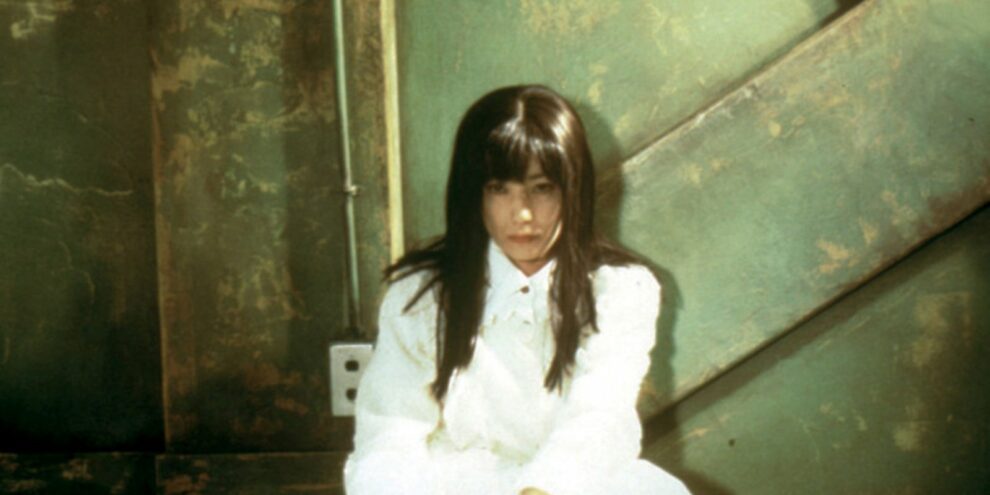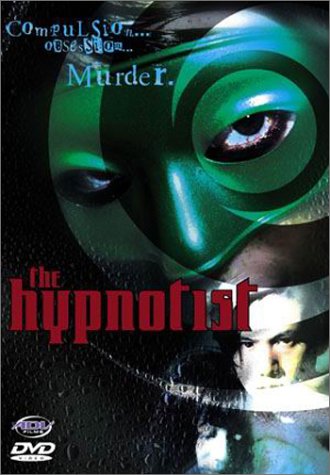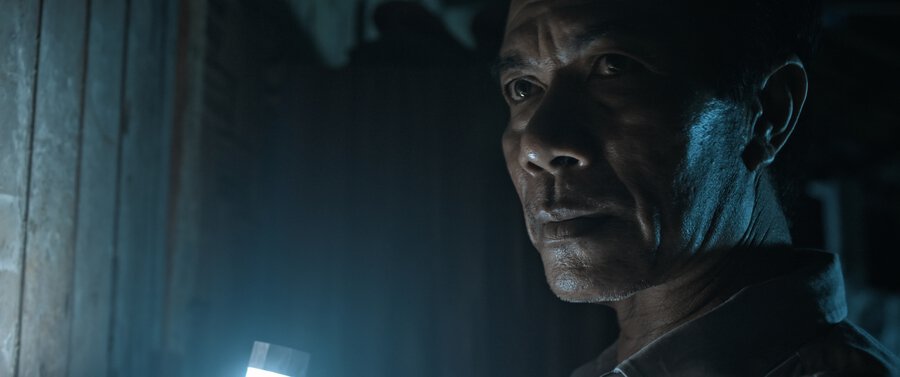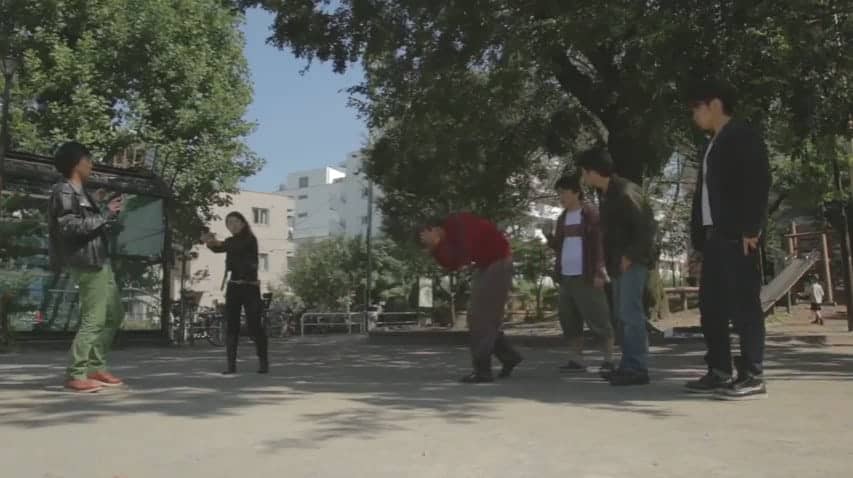By Henry McKeand
Kiyoshi Kurosawa's “Pulse” had an inescapable impact on the Japanese horror scene when it hit theatres in 1997. Countless filmmakers were inspired by its pervasive unease and refusal to settle for simple scares. Along with the release of Hideo Nakata's “Ringu” a year later, it set the standard for the J-Horror renaissance that forever altered the cinematic landscape in the 2000s. But even with the hordes of imitators and worshippers, perhaps no film owes more to “Pulse” than “Saimin” by Masayuki Ochiai. Released later as “The Hypnotist” in the U.S., “Saimin” shares themes of hypnosis and the inherent darkness of human nature with “Pulse”, but it is ultimately a more commercial take on the same material, trading in Kurosawa's ambient dread for gonzo thrills.
The film kicks off in bravura fashion, with Ochiai cross-cutting between three seemingly unrelated people who suddenly commit suicide in bizarre and inexplicable ways. One woman sprints so hard during a track meet that her legs break and her heart stops. Another man jumps through his apartment window during a pleasant birthday dinner with his wife. The final man manages to strangle himself with his necktie during his own wedding.The only obvious connections between the three are their frightful mentions of a “Green Monkey” before their deaths.
Soon, Detective Sakurai (Ken Utsui) finds himself descending into the depths of the human mind along with Saga (Goro Inagaki), a young psychoanalyst who believes in the power of hypnosis. They come to believe that a young, tormented woman named Yuka may be their only shot at catching the person behind the deaths.
Check the analysis of “Pulse”
The parallels with “Pulse” are obvious. Ochiai even makes frequent use of that film's hypnotic flame imagery, and there are certain scenes that feel like riffs on Kurosawa's masterpiece. But despite these clear similarities, Ochiai incorporates imagery and themes that hew to the then-budding style of J-Horror popularized by “Ringu.” Most obviously, the film mines horror from the image of a creepy young woman with long hair in her face (a visual that became ubiquitous soon after), but there are deeper connections to “Ringu.” There's a familiar anxiety over technology, particularly screens, in “Saimin” that lumps it firmly into the Y2K anxiety horror subgenre. In this way, it predates Kurosawa's 2001 masterpiece “Pulse” even if it doesn't have that film's haunting patience.
Whereas Kurosawa uses static, dreamlike shots to build up an unbearable eeriness, Ochiai's camera is often in motion. His dynamic, Hitchcockian direction is on full display from the very beginning, and it means that the pace never lets up. The suspense is as playful as it is unsettling, and Ochiai manages to fit in ghosts and jump scares and multiple personalities by the time the credits roll.
This everything but the kitchen sink intensity means that “The Hypnotist” isn't as slowly devastating as the best J-Horror. Movies like “Cure” and “Pulse” and even “Ju On” feel almost impenetrable, with abstract ideas of loneliness and despair taking precedence over physical threats. “Saimin” is far more literal, and the hypnosis in its plot is played straight. Its mysteries at least have the potential to be answered, which sets it apart from the most upsetting movies of its era. Still, “Saimin” has the ability to get under your skin. Ochiai and cinematographer Osamu Fujiishi know how to create creepy, unique images, and there are a few shots that stick with viewers long after the film ends. The jump scares are used sparingly but effectively, and the special effects perfectly toe the line between disturbing and “fun.”
The talent in front of the camera is also a big part of why the movie works so well. Veteran actor Ken Utsui may not have the quiet nuance of Koji Yakusho in “Pulse,” but he brings a gravitas and energy to his role as the lead detective that elevates every scene. His relationship with the more restrained but equally committed psychoanalyst played by Goro Inagaki is realistic, and Inagaki gives a layered and charismatic performance. Rounding out the cast are Takeshi Masu as a hilariously corrupt hypnotist and Miho Kanno as the young woman at the center of their investigation. Kanno is remarkable in her role, especially when the second half requires her to show off her full range.
“Saimin” will likely never escape its comparisons to the better, more famous films released around the same time, especially since it's relatively hard to find (as of this writing, it is not available for streaming in the U.S.). This is a shame, because it's a well-made slice of pure entertainment, and Ochiai's synthesis of different genre elements makes it a more than worthwhile title for any J-Horror fan.

















